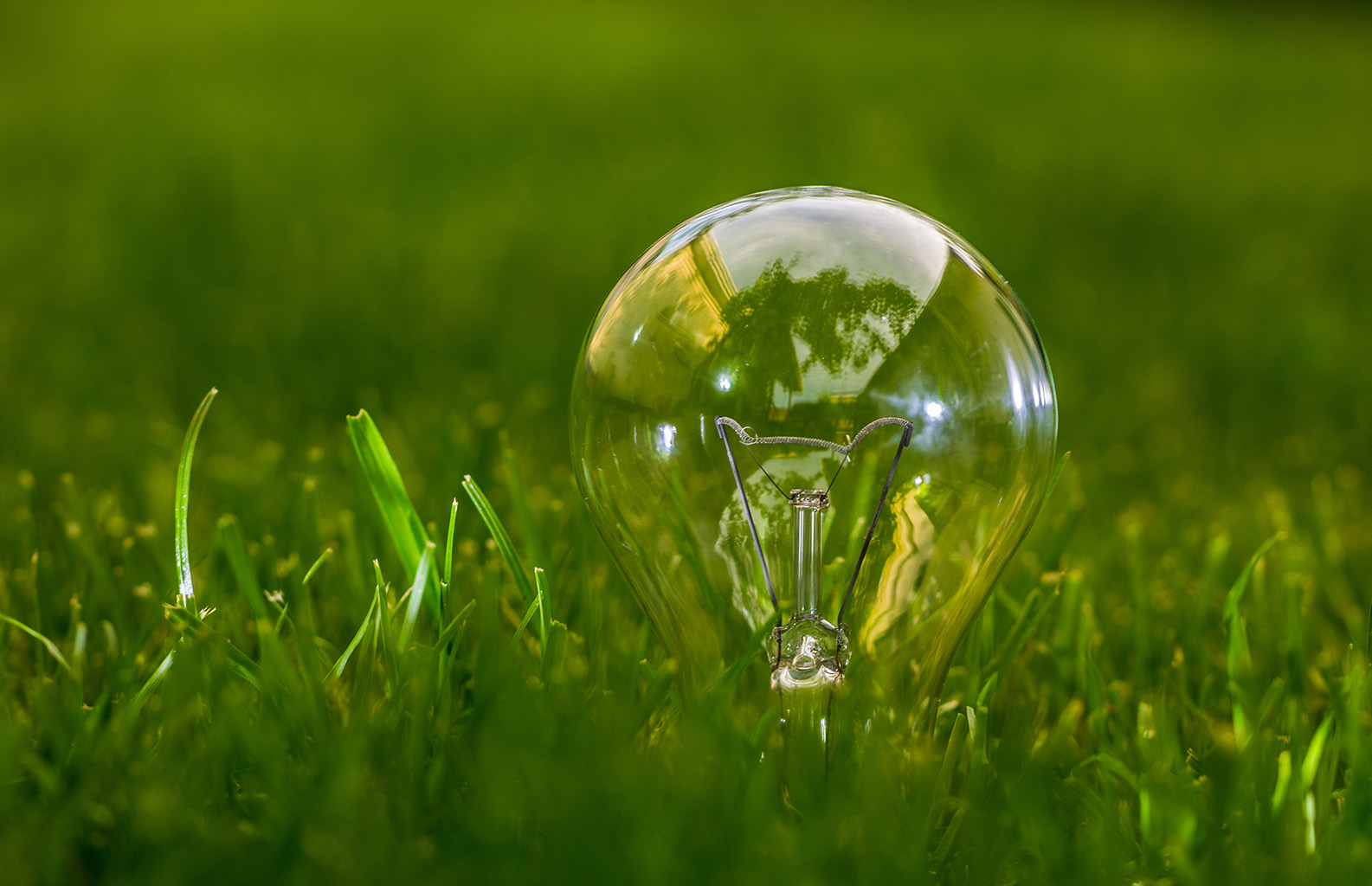
Getting “Green” Through Solar Conversion
September 24, 2020
When you think of solar energy, what do you immediately picture in your mind? Our guess is, you’re thinking of just panels. But, as we all know, there is so much more to a solar energy system than simply the panels. There are multiple components to the entire system, with many brands to choose from for each. These brands can offer some very unique advantages and often make or break a system’s ability to perform as expected. So it’s no wonder people often find the process of installing solar incredibly daunting.
Currently, you get the most value out of a solar PV system by ‘self-consumption’, meaning using all the solar power yourself. Therefore, solar power is best for businesses that operate during predominately daylight hours. If you don’t use all of your solar power during the day, it might be possible to export the excess to the electricity grid. Another option is to install a battery to store your unused solar power for later use. However, battery storage is can be expensive, so do your research to see if it’s a good option for you.
What does “exporting to the grid” mean?
You hear this term a lot but with very little explanation. Power from a solar power system is generally used to supply your premises first. Any excess solar power that is not used by your home or business may be ‘fed-in’, to the electricity grid (if you are approved to connect and export – which is key).
What types of systems are there?
Grid-Connected are the most common in Australia. During the day, solar power is generally used first by your premises before using electricity from the grid. If you don’t use all of your solar power each day, the excess may be exported to the electricity grid (if you are approved to connect and export).
Grid-Connected with Battery Storage —These solar PV systems are connected to the electricity grid and also have their own battery storage. Your unused solar power each day can be stored in the battery for your use at night. This helps you save even more on your power bills. And you still have the back-up support of electricity from the grid. They are also known as hybrid solar PV systems.
Stand-Alone —These solar systems are not connected to the grid and therefore must have their own battery storage or back-up generation (eg. diesel generator) for power supply. The costs to buy and install a stand-alone system with back-up generation/battery storage are much higher than grid-connected systems. They are usually installed in remote locations where the cost to connect to the electricity grid is much higher.
What are some important questions to ask?
When installing a solar solution, one of the key concerns people have is falling victim to scams. You can avoid this by ensuring you ask these important questions:
- What steps do you take to convert to solar
- Can you lease a solar system
- What happens if you move
- Who should you contact if your system stops working
Solar power is not right for every business. There are many factors to consider requiring professional advice. Our electricity advisor Schneider Electric can help with this and provide guidance on next steps and alternatives if necessary to help you meet sustainability targets.
For more details on the Utilities Category at NARTA please email David at david.hurdle@narta.com.au
